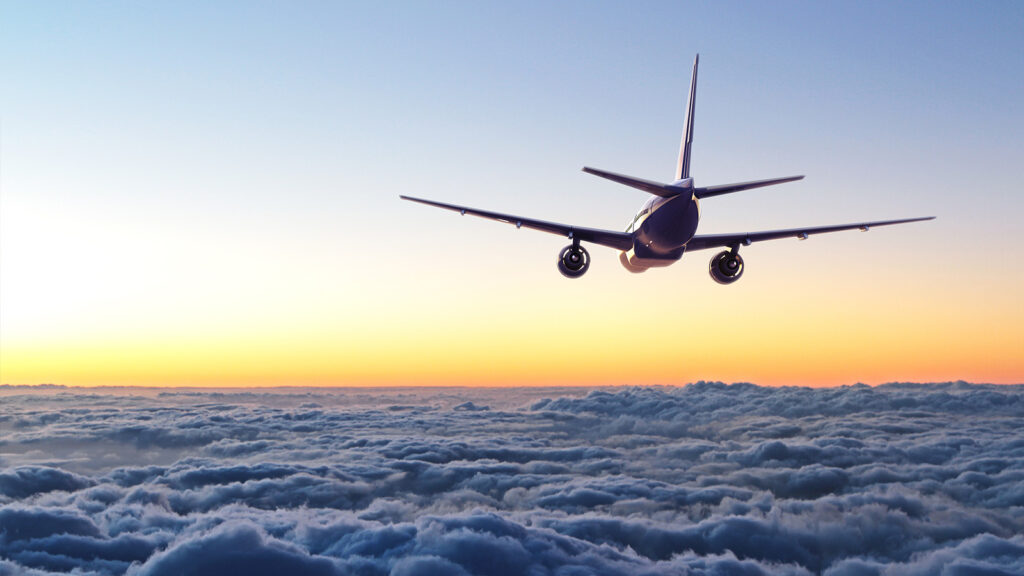
After the lunar eclipse last month, many pilots posted stills and videos from the air that they had taken. This media received considerable attention thanks to the eclipse’s spectacle. These events come at most once every few years, and it will be decades before the next one reaches the United States.
This is a great example of a time when the beauty of the world can be best appreciated from our aviation angle. But many pilots, myself included, often ignore the ways aviation allows us access to the world’s beauty every day. Granted, it can be fairly easy to neglect the scenery and environment around us. Many pilots, especially professionals, often fly within the same regions, and as a flight instructor, I see the same lakes near the same airport multiple times per day. Engrossed in the business of a jet’s cockpit or in a training flight in a Cessna, focus is drawn inward instead of outward. Too seldom is the natural environment truly admired and appreciated.
What is equally easy to forget is how much of a privilege it is to be able to fly in the first place. In the history of mankind, flight is still a relatively new concept, and its accessibility is only growing. Yet various barriers stand in the way of becoming a pilot, not the least of which are the stresses and pressures of completing training. Being under such pressure shifts the focus of new pilots during the training process and often makes the simple act of flying seem mundane.
I am always impressed by the awe new students show when I take them on discovery flights. I have also witnessed residents of the area do a double take upon seeing their homes from the sky for the first time. I wish all my students could appreciate how incredible flight is in the midst of their training. I lost that wonder myself during my flying journey, but being able to vicariously experience first-time flights again through new students is a pleasure I savor. It is beautiful, after all, to look out over the lakes and forests near my home base and remember how vast, beautiful, and detailed the world really is.
One of the first things I tell students to do when they pass a checkride is to use the privileges of their new certificate. I suggest they take themselves flying for fun and to bring family and friends along. Their time for more training will come but being able to simply enjoy the world – and share it with those who are most important – makes aviation a greater pleasure.
Aviation does not only provide easy access to the world’s physical beauty, it also brings people together and creates shared experience not otherwise possible. Pilots fly together, friends travel together, and enthusiasts gather to take pictures and attend shows. Beyond connecting people to the world, aviation brings the world to even the smallest places. Many of my best friendships have been borne from a shared love for flight, and I am incredibly lucky for the relationships I have built since becoming a pilot.
Aviation itself is beautiful. Many in the industry are so accustomed to tons of metal lifting into the air that it is all so routine. I believe it is important to appreciate the ingenuity, brilliance, and sacrifice that have gone into designing, building, and flying each aircraft, the logistics of building even the smallest airports, and the intricacies of the national airspace system. The fact that so many flights take off and land each day without problems is an amazing balance of physical power and incredible respect for what it takes. Decades of design and reform have created a fully formed industry that provides the world access in safety.
Aviation combines layers of beauty that are often lost on the people regularly around it. It is easy to forget how awesome the sceneries, relationships, and intricacies of aviation are. Do not let the beauty of flight become lost on you; rather, cherish it with every opportunity you have.
































































































































